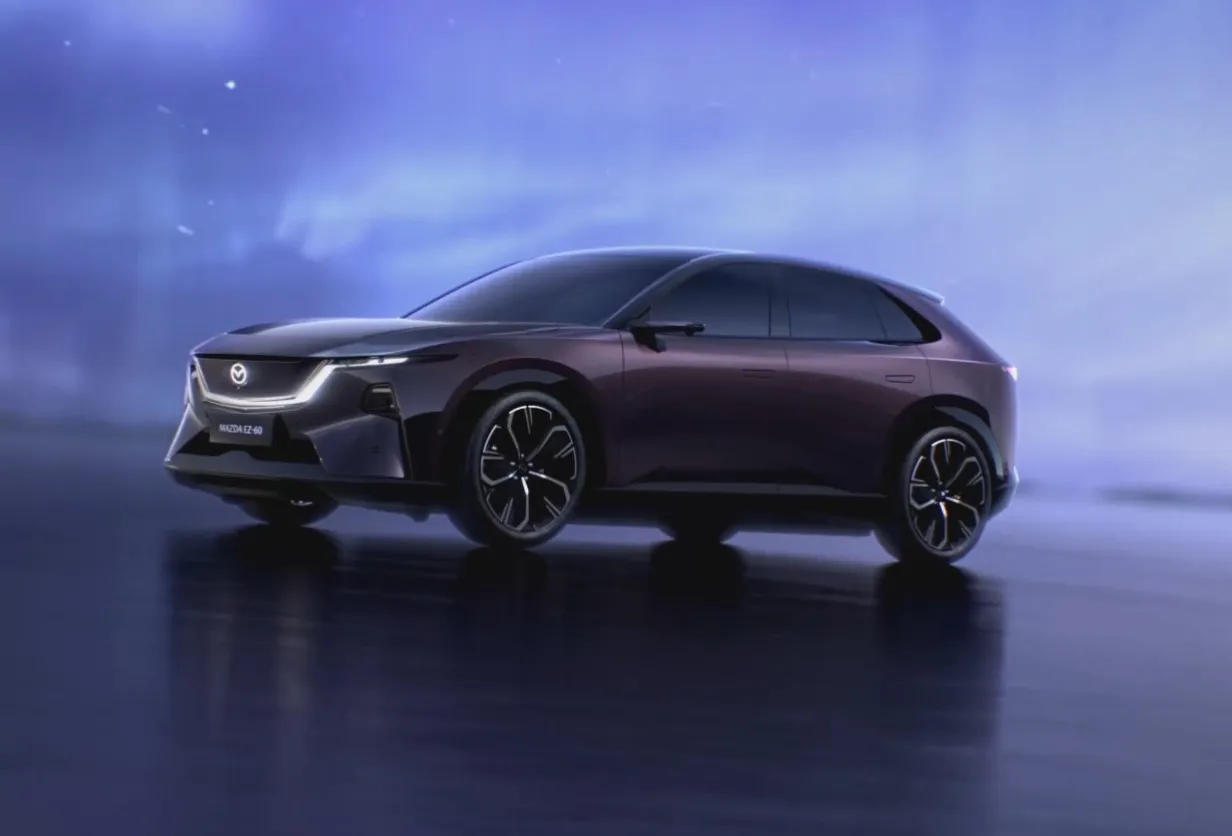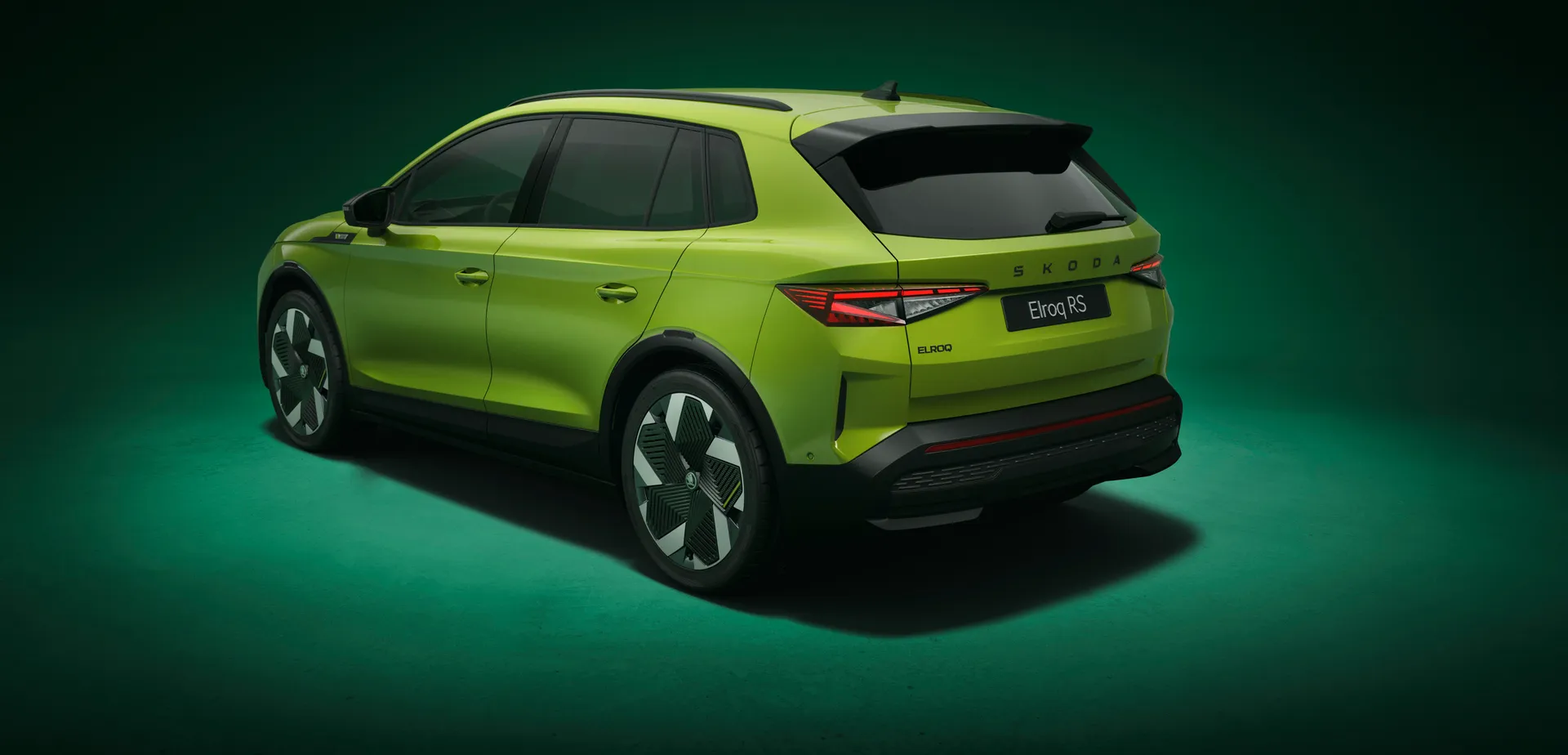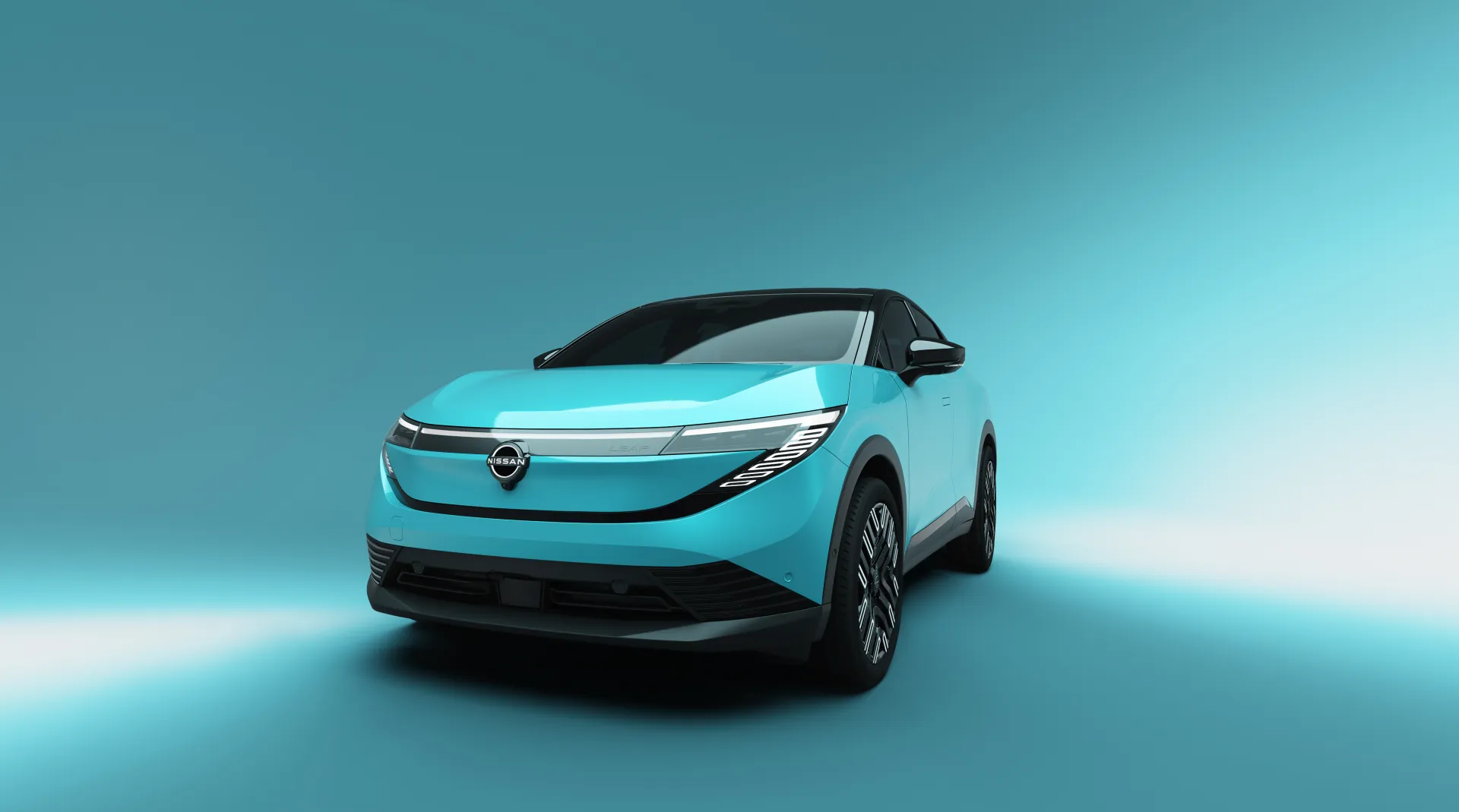Best family cars

New 2026 Mazda CX-6e

New 2025 Skoda Elroq vRS

New 2025 Nissan Leaf

Audi S5 Review
It’s big, bold, and brash, but BMW X7 buyers wouldn’t have it any other way. The flagship XM has made the X7 look if anything understated, but that’s only by comparison - this is the biggest standard SUV that BMW makes, and it’s comfortably over five metres long and over two metres wide, with an enormous, luxurious interior that justifies its significant new pricing.
As the BMW X7 was launched in 2020 though, you’ll now find used models available for much less punchy figures, and other than marginally subtler styling (the X7 was facelifted in 2022, with a stacked headlight look), these older models give away very little to the very latest cars.
If the X7 isn’t for you, then there’s no shortage of large, luxurious SUVs you might consider instead. The full-size Range Rover is the car to beat in this segment, while the Audi Q7 and Mercedes-Benz GLS are the X7’s closest German equivalents. But if you’re prepared to look at cars a year or two older, this also opens the door to prestigious models like the Bentley Bentayga.
The 5.2-metre long, 2.6-tonne BMW X7 feels more like a car aimed at the expanses of North America or China than the tighter cities and roads of Europe, but it’s here anyway and if you don’t mind (or even quite like) the idea of its size, then the seven-seat X7 adds another string to BMW’s impressive bow.
Launched in 2019, the X7 was facelifted in 2022, with a front end that’ll be familiar from BMW’s other 7-badged offering, the 7-series. And that’s effectively what the X7 is: a range-topper for BMW’s SUV lineup, in the same way the 7-series is for the firm’s saloons. It’s enormous, and makes good use of this size with both an expansive cabin and a massive boot.
Up front, you get a typical modern BMW cabin. Prior to 2022 this meant a fairly conventional, driver-focused layout, while post-facelift this made way for the brand’s large, curved driver information and infotainment display, which works well and really adds to the cabin’s high-tech, luxurious ambience.
The facelift also debuted a simplified engine range, comprising a pair of straight six engines (petrol and diesel) and the high-performance V8-powered M60i, though broadly speaking, all the engines offered in the X7 so far have offered strong performance and refinement, if not always the best economy. The X7 is set up more for comfort than corner carving compared to most BMWs, but it’s still among the better cars of its size to drive, and models with four-wheel steering help to ‘shrink’ it in tight spots - though driving in town or along a narrow country road, you’re always aware of the X7’s sheer size.
1-18 of 79 vehicles
It’s up against some strong competition though. In this class the Range Rover is still the SUV to beat, though it’s hampered by a mixed reliability record which may put you off. The Audi Q7 and Mercedes-Benz GLS are strong offerings too, and if you want to top them all for badge appeal (if not seating capacity), we should point out that earlier Bentley Bentaygas cross over with nearly-new X7s on price.
A BMW X7 not for you? We've got 1000s of used cars for sale to suit all budgets and needs
Among earlier BMW X7s, it’s hard to beat the xDrive 30d. Okay, so it’s the slowest of all the X7s, but it’s still brisk for its size, the straight six diesel is wonderfully smooth for its type, and it’s among the more economical too. Paired with even the entry-level trim (which is incredibly well-equipped in its own right), it shows off the X7 in its best light.
Would we seek out an M Sport model or one of the punchy M cars, the M50d or M60i? If we had the money, why not? It’s a lot to pay for an equipment list that isn’t significantly better though, and opportunities to really make use of the extra performance will likely be rare.
For such a large and complex car the BMW X7’s trim lines are pretty straightforward. In the current range the 40i and 40d engines can be selected on either Excellence or M Sport trim, while the M60i xDrive is a standalone model. Each variant gets a high standard level of equipment, with M Sport and the M60i adding progressively more. Most differentiation is in special (and expensive) option packs such as the Comfort Plus or Technology Plus packs, or the ‘Ultimate Package’, which as you’d expect contains almost every option on the list. Keep an eye out for these packs when you’re looking at a used example.
The BMW X7’s dimensions are:
The BMW X7’s boot size is:
Given all BMW X7 models cost comfortably more than £40,000 brand new, all are subject to the VED or ‘road tax’ surcharge, which means a flat rate for all X7s of £570 a year, from the second to sixth years of registration. That currently drops to £180 per year from the seventh year onwards, though that will likely have increased by the time the earliest X7s get to seven years old.
There’s no cheap option here: all BMW X7s fall into the maximum group 50 for insurance. This isn’t unusual for the class though - the full-size Range Rover, and the Bentley Bentayga, are likewise in group 50, though some models of equivalent size such as the Volvo XC90 are a touch lower, in groups 38-45.
Read our full BMW X7 review
£64,950
£83,995
£51,595
£88,993
£68,995
£80,990
£66,490
£87,995
£51,993
£71,495
£77,095
£77,995
£97,995
£77,150
£82,995
£79,989
£88,495
What is the most popular colour for BMW X7 ?
What is the most popular gearbox for BMW X7 ?
What is the most popular fuel type for BMW X7 ?
What is the most popular engine for BMW X7 ?
What is the average mileage for BMW X7 ?
7842
How many BMW X7 cars are available for sale?
76